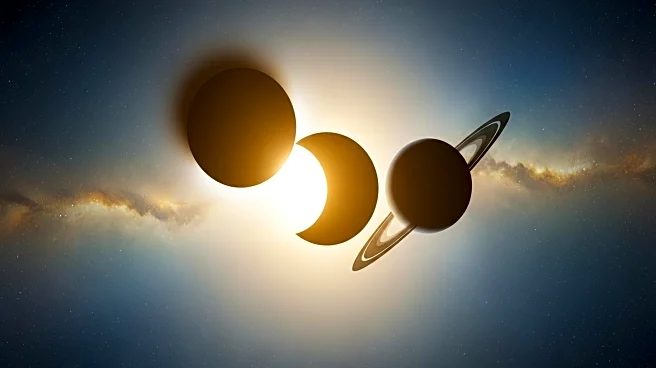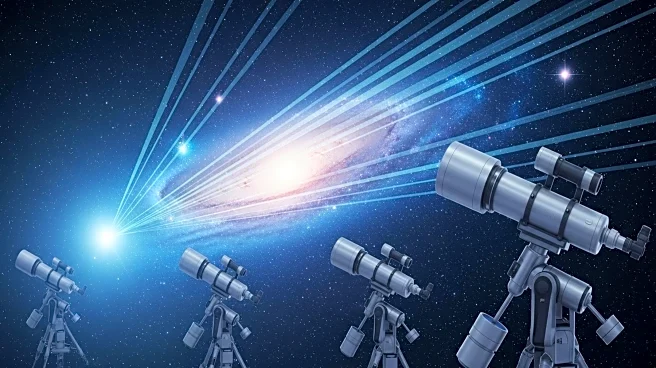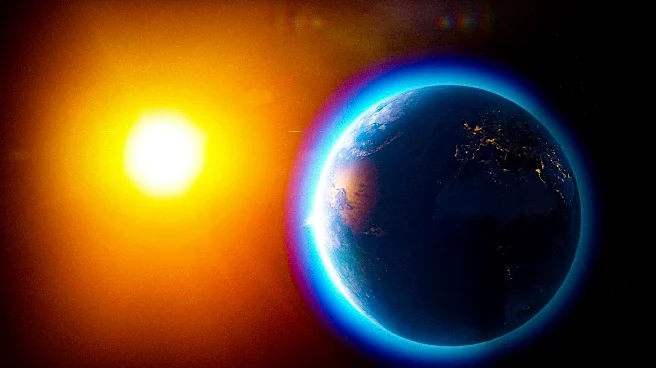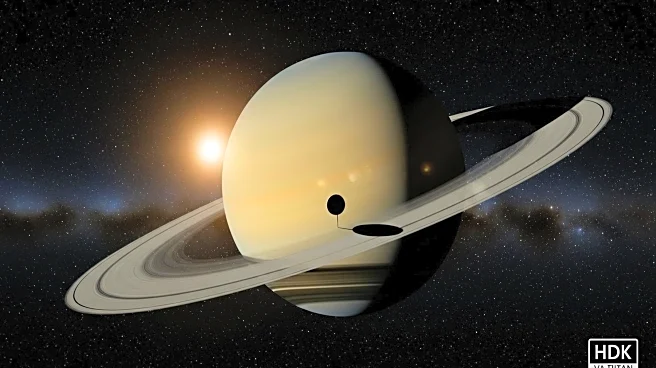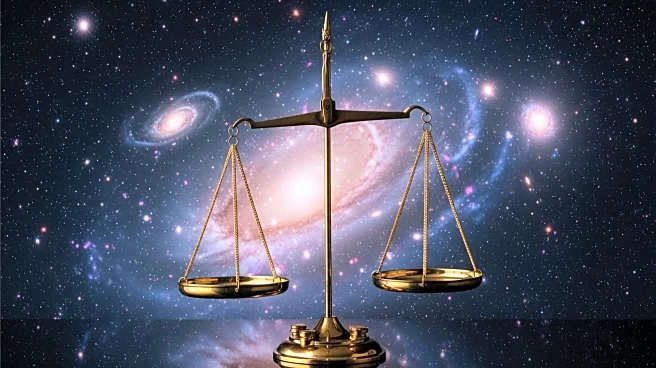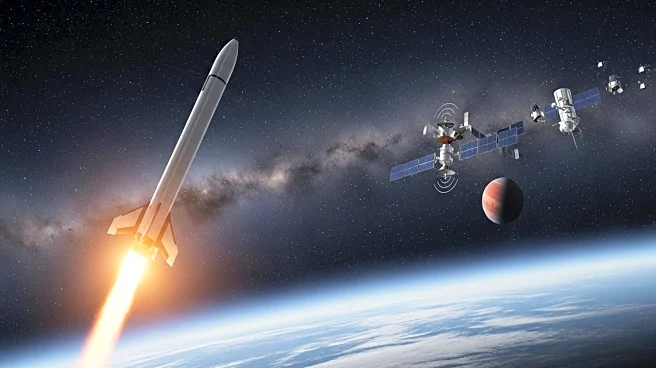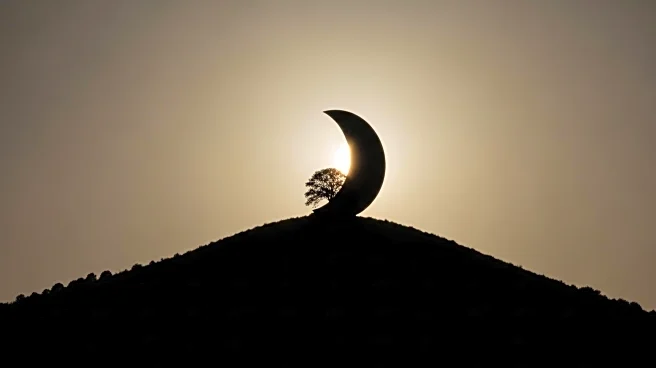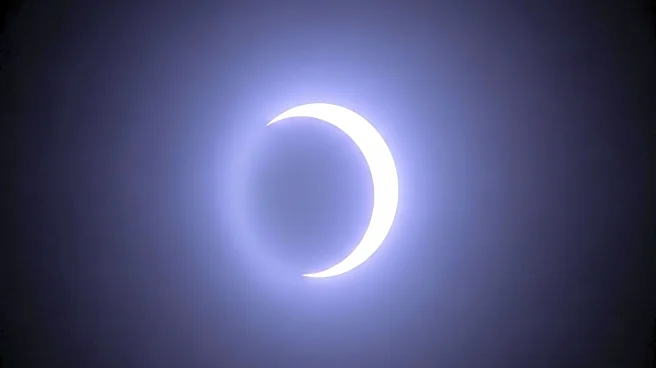What is the story about?
What's Happening?
Sky-gazers are set to witness two significant celestial events this weekend. A partial solar eclipse will occur, visible primarily in the Southern Hemisphere, including regions like the South Pacific, New Zealand, and Antarctica. The eclipse will peak at 3:41 p.m. ET, with the moon partially obscuring the sun. Additionally, Saturn will be at opposition, making it the brightest in the sky and visible from the Northern Hemisphere. This alignment occurs when Saturn is on the opposite side of Earth from the sun, offering a prime viewing opportunity for astronomy enthusiasts.
Why It's Important?
These celestial events provide unique opportunities for scientific observation and public engagement with astronomy. The partial solar eclipse, although not visible in the U.S., highlights the intricate dynamics of celestial bodies and their impact on Earth. Saturn's opposition offers a chance for enthusiasts to observe the planet's rings and brightness, fostering interest in planetary science. Such events can inspire educational activities and increase public awareness of astronomical phenomena, contributing to a broader appreciation of science and the universe.
What's Next?
Following these events, sky-gazers can look forward to additional astronomical occurrences, including upcoming full moons and meteor showers. The visibility of Saturn will continue through early October, allowing for extended observation. Astronomy clubs and educational institutions may organize viewing sessions to enhance public engagement. These events may also prompt discussions on the importance of preserving dark skies and supporting scientific research in astronomy.
AI Generated Content
Do you find this article useful?
